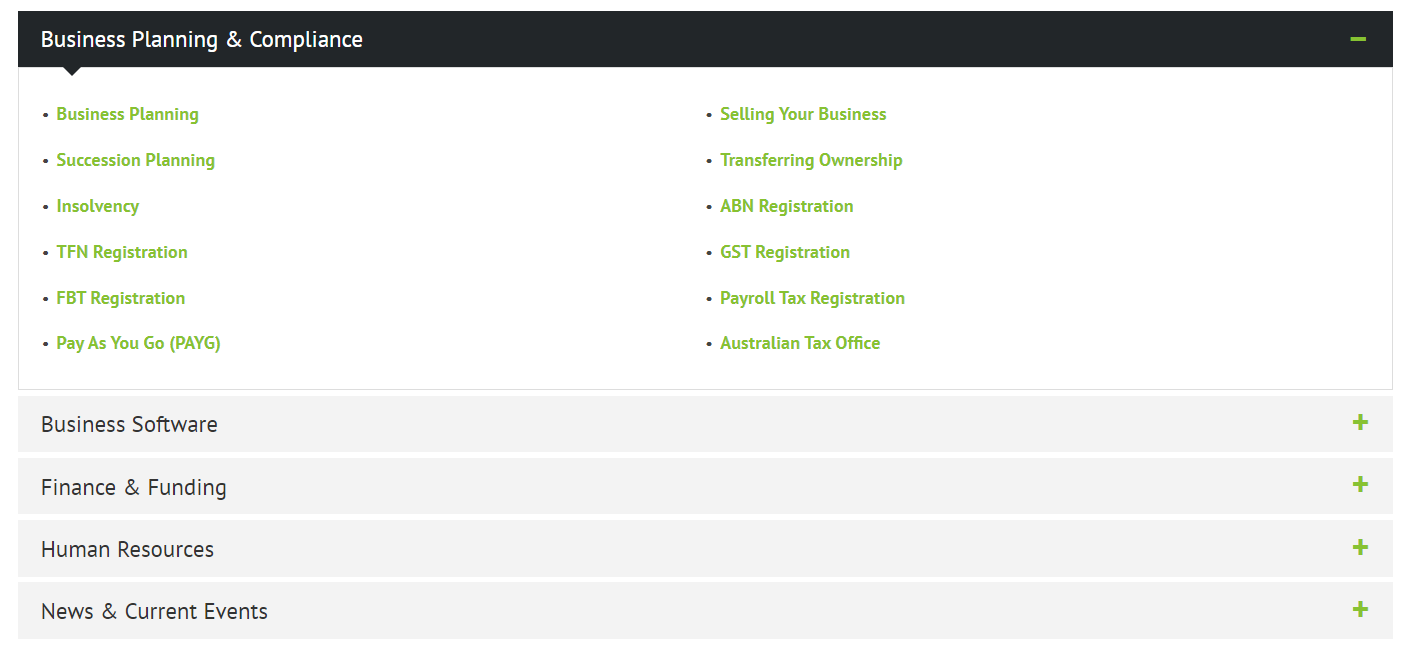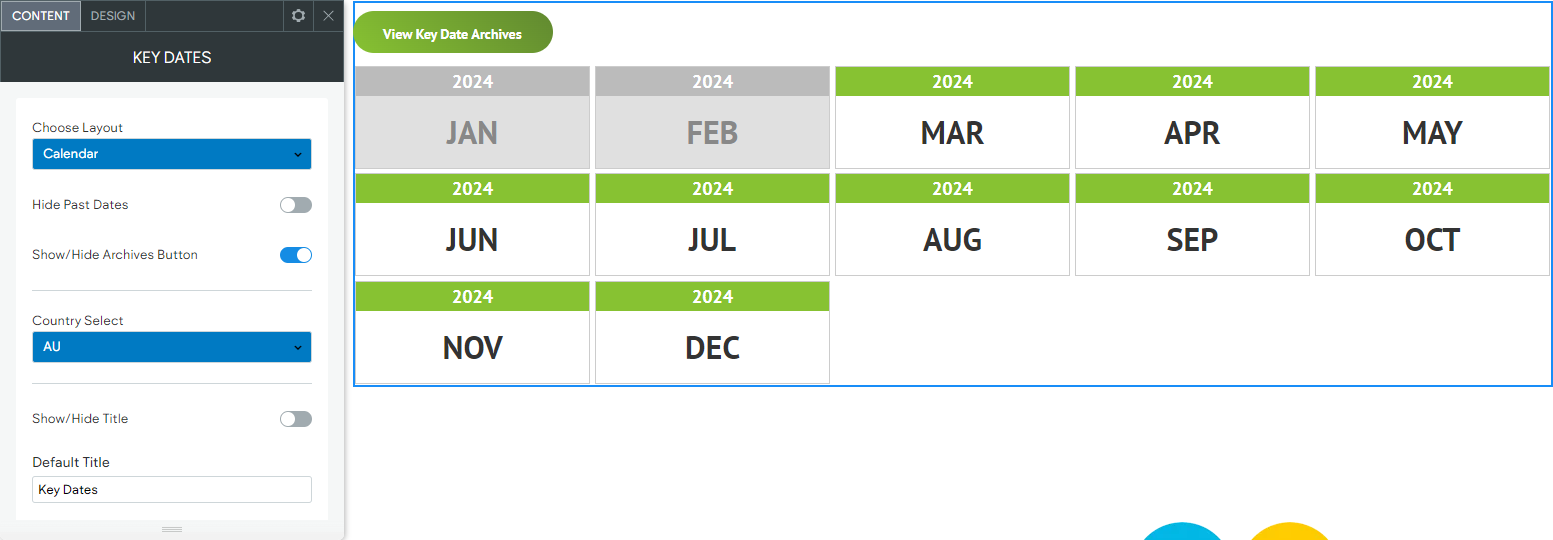Tips for writing effective blog posts for SEO

Why write Blog posts?
Blogs are an effective way to educate, engage and spark discussion with your clients and prospects across a given topic. Blogs are a great means of relaying specific and targeted information to an audience in a personalised manner. Publishing regular blog posts to your website helps to engage your existing clients, enhance inbound traffic, attract new clients and improve Search Engine Optimisation for your website.
If you only have capacity to focus on one aspect of Digital Marketing – consider adding regular posts to your websites blog. Publishing blog posts means you are adding new content to your site containing key phrases (which will be indexed by google) – so not only can it be a critical tool for helping to improve your search engine rankings, but it is also easy for you and your audience to share across a variety of social media platforms.
Search engines will rank sites higher which have relevant content for the intended audience that is regularly updated, it also helps to have lots of inbound links from other sites. A great way to achieve this is to publish regular blog posts which you can link back to from social media platforms. This gives Google and other search engines new content to index and gives you opportunities to utilise key terms and phrases in relevant blog articles to improve your visibility on search engine results pages (SERPS).
Tips for effective blog posts
Speak to your audience
You know your clients and prospects better than anyone else, so keep them in mind as you write your blog posts. Write about things they care about and demonstrate your expertise to help them on the given topic.
Take a few moments to plan your post
Once you have a great idea for a post, write the first draft. Consider what search terms you want your website to be found by (what are your ideal prospective clients likely to enter into a Google search) and then consider how you can include those terms and phrases into a structured sentence or paragraph.
Don’t forget to add images
Be sure to include high-quality and relevant images in your blog. Images break up the text and make it more readable. They can also convey emotions or ideas that are hard to put into words. CCH Web Manager has a built in library of free images so you can browse for something that suits each post, or upload your own images.
Edit carefully before posting
Once you’re happy with the text, put it aside for a few hours, or a day, and then re-read it. You’ll probably find a few things you want to add or improve. Have a friend or colleague look it over for feedback. When your post is proof read, set it up to publish now, or schedule it to publish at a time and date that suits best.
Getting your post out there
Now that you have published your blog post to your website, it's important to promote your post to ensure you're getting traffic to your site. There are a number of ways you can go about promoting your blog, including, emailing a link to your clients and prospects, sharing via your own social media pages and providing readers with tools to easily share to their social media pages. See the social icons below for an example of how easy it is to share this post.



 MYOB
MYOB
 Wolters Kluwer
Wolters Kluwer
 Xero
Xero
 CA
CA

